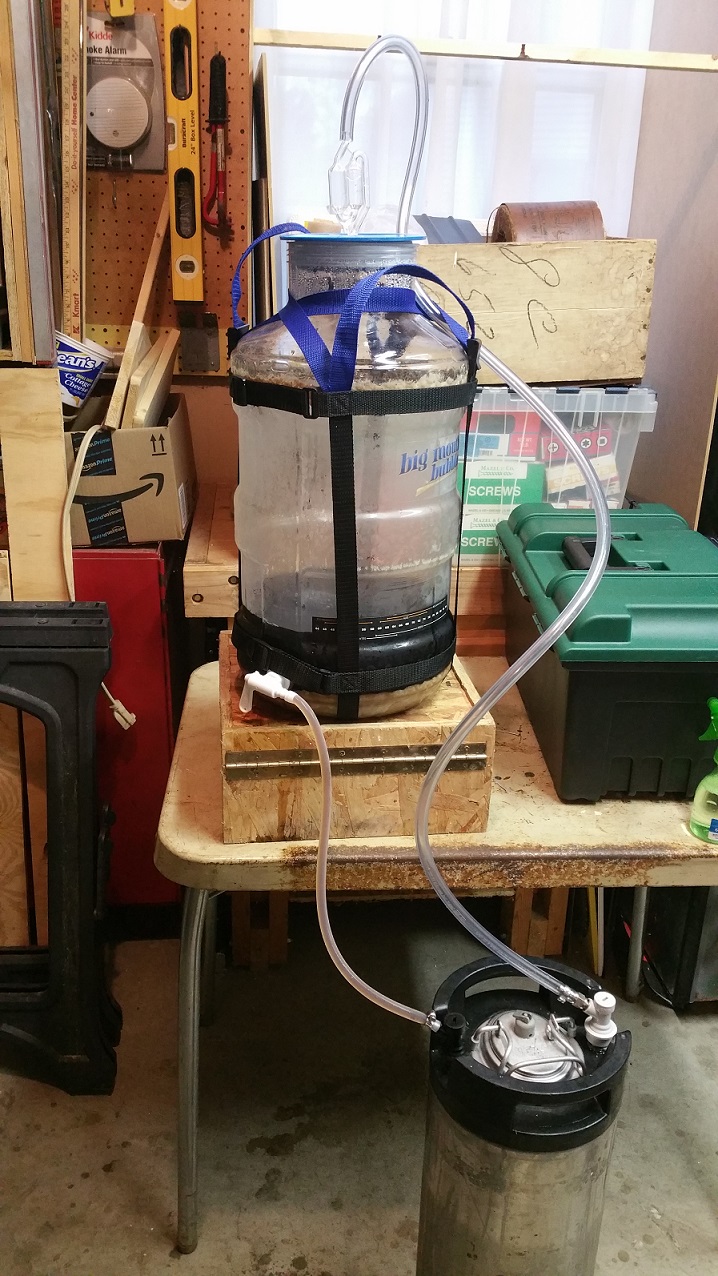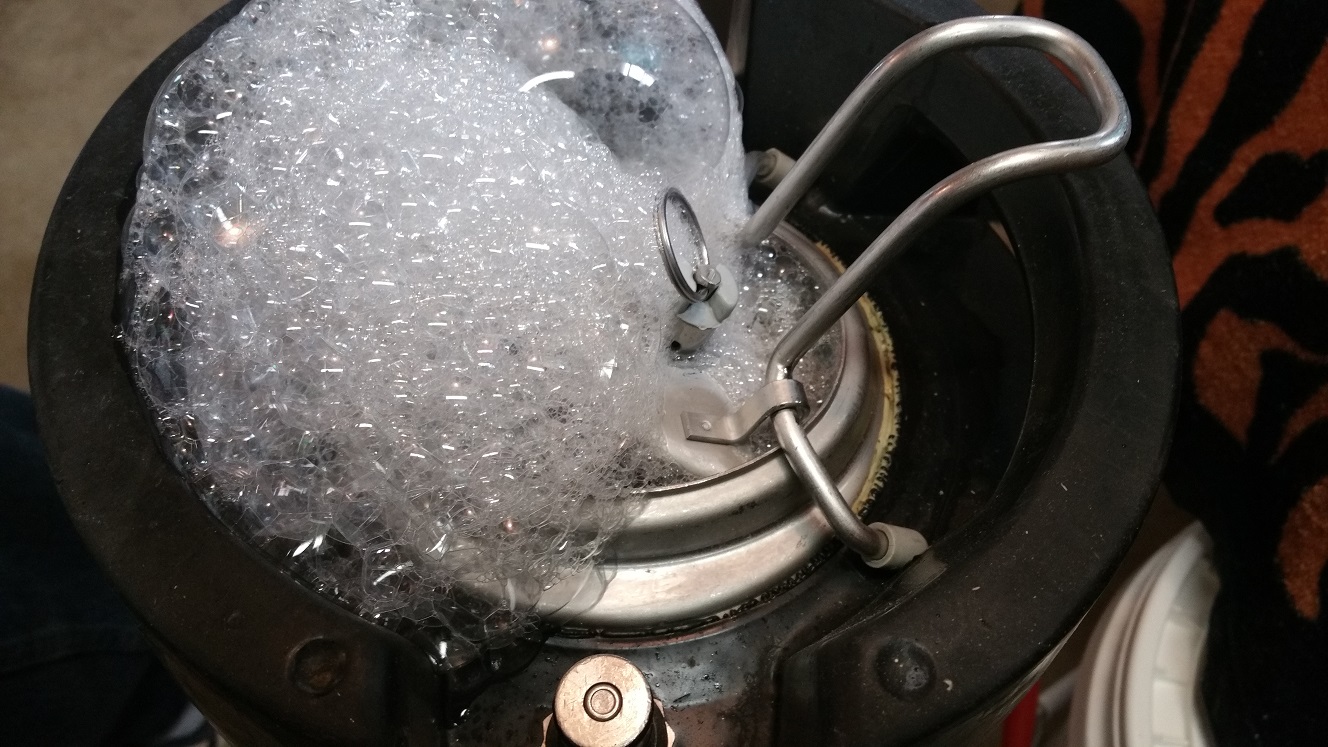GrowleyMonster
Well-Known Member
- Joined
- Sep 28, 2019
- Messages
- 382
- Reaction score
- 277
So after almost three weeks in primary, I moved a 5 gallon batch of strong-ish all-grain that was no longer gassing, to secondary. It came back to life for a couple of days and quit working once and for all, and today I decided to put the whole fermenter (a Big Mouth Bubbler) in the fridge for a day or two before transferring to keg. I am trying to keep sediment in the keg down to absolute minimum levels. Is this a good idea, and will it do any good? Is a day or two long enough? The fridge is also my kegerator and with the BMB in there, I don't have room for a corny keg, so I don't want to keep it in there for long as I don't have much beer in bottles and I don't like bottling. I really can't go more than about 4 days with the fermenter occupying all my kegerator space.







![Craft A Brew - Safale S-04 Dry Yeast - Fermentis - English Ale Dry Yeast - For English and American Ales and Hard Apple Ciders - Ingredients for Home Brewing - Beer Making Supplies - [1 Pack]](https://m.media-amazon.com/images/I/41fVGNh6JfL._SL500_.jpg)



















































